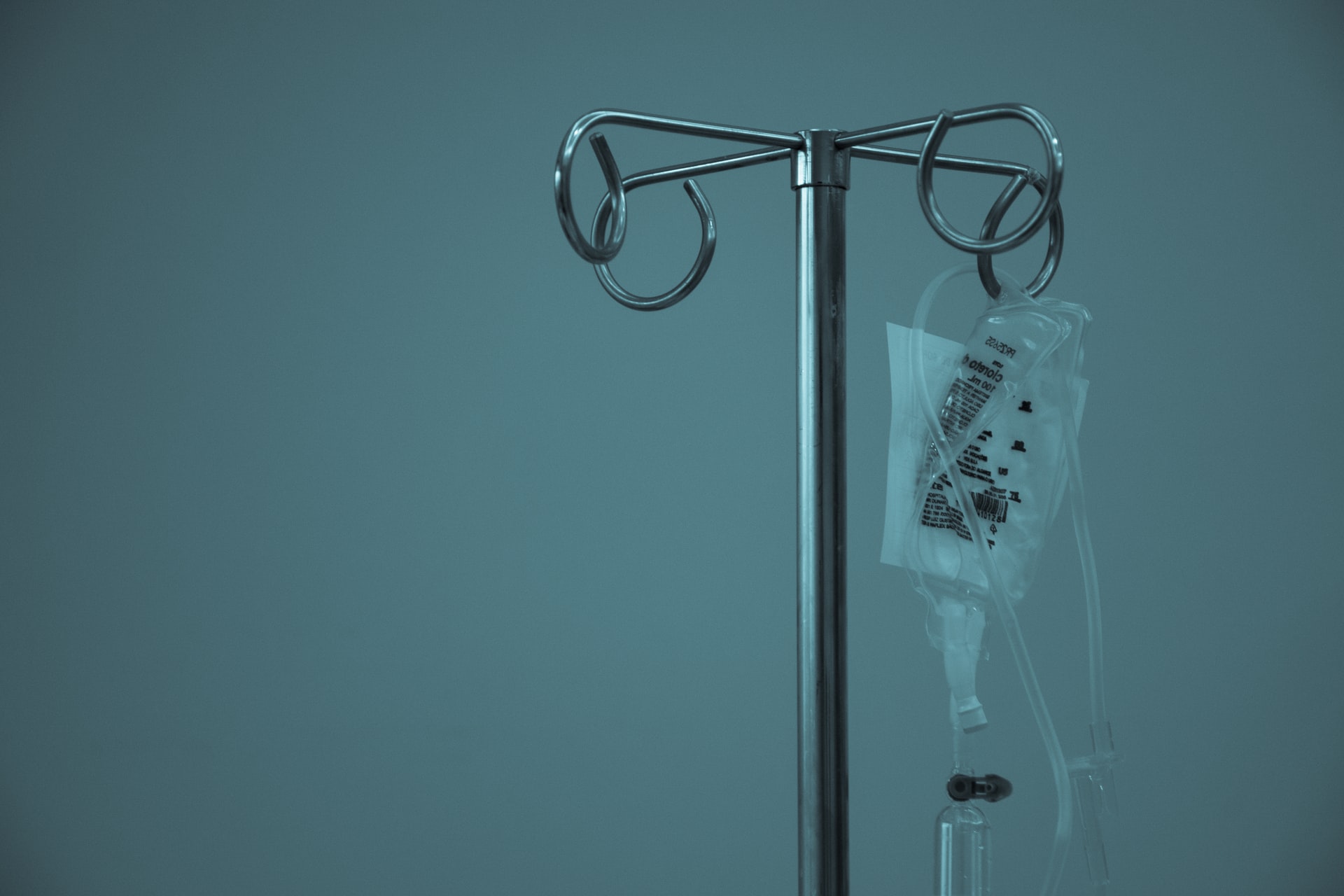We’re living at a time where rates of cholecystectomy, or the removal of the gallbladder, are skyrocketing. This begs the question, “who needs this little organ, anyway?”
The gallbladder, a pear-shaped pouch about four inches long and 2 inches wide, is neatly tucked beneath your liver.
But, despite being discrete and small, this unappreciated organ plays a mighty role in your overall health.
The gallbladder is best known for storing bile and releasing it into the small intestine when we eat to help break down fats and digest food. And good absorption of fats is essential for health.
When the gallbladder does its job well, we absorb those anti-inflammatory omega 3 and 6 fatty acids that most everyone needs more of, as well as fat-soluble vitamins A, D, E, and K. This contributes to chronic Vitamin D deficiency. A well-functioning gallbladder also assists in the maintenance of healthy cholesterol levels.
Yet, despite its integral role in maintaining health, removal of the gallbladder has become increasingly common in children and young adults. One study showed that from 1998 through 2010 the rate of gallbladder removal surgery almost quadrupled among young people aged 18-24. A second study completed in England in 2014, showed a 3-fold increase in cholecystectomy in children under age 16 since 1997.
So, what’s really going on?
Unsurprisingly, the research alludes to the role of poor diet and increased rates of obesity in young people contributing to the increase in gallbladder removal procedures.
In fact, gallbladder disease was once thought to be an affliction of aging, overweight, inactive patients with unhealthy lifestyles. So the increased prevalence of the affliction in the pediatric and young adult population should be a wake-up call for all of us.
But how can you address the health of your gallbladder?
Start by cutting back on the high-sugar, high-carbohydrate foods that are so prevalent in the standard American diet. These refined carbs have been shown to increase the chances of gallstones, among other health implications. Reduce unhealthy fats – choose olive oil and avocados over French fries and pizza.
Other observational evidence also implicates the role of estrogen and estrogen therapies, such as oral contraceptives which are increasingly being used by teenagers to manage heavy periods. Estrogen can increase the concentration of cholesterol in the bile making it thick and contributing to the formation of gallstones. This hormonal effect on bile may explain why women are between four and eight times more likely to develop gallbladder disease than men and, why it is not uncommon for women to develop gallstones during or shortly after pregnancy.
We can live without a gallbladder, and the advent of laparoscopic surgery has made removing it a relatively easy task. So when gallstones form or bile becomes so thick and sludgy that it begins to block the bile duct, symptoms such as nausea, abdominal pain, and indigestion develop, driving people to their doctor for relief.
And what’s the most common recommendation for these ailments? Removing the gallbladder, of course.
But, at Hopkins Medical Group, we believe your gallbladder is not only worth saving, but gallbladder problems are also an important indicator of more significant and preventable health problems on your horizon.
So, instead of plucking out the gallbladder, we work with our patients to restore it to health whenever possible.
Dietary and lifestyle changes, along with herbs, teas, and certain foods, can decongest bile and even dissolve stones. Additionally, we work with patients to reduce their exposure to synthetic or xenoestrogens. We work with you to safely and gently decongest your gallbladder.
Saving your gallbladder can seem like more work in the short-run. But investing in your gallbladder’s health can assist in achieving an ideal body weight, having a finely tuned digestive system, and set the stage for your body’s healthy lifespan.
Address the root cause of acid reflux don’t rely on acid-blocking drugs such as proton-pump inhibitors (PPIs). PPI treatment for heartburn interrupts messages from the stomach to the gall bladder to release bile. And lack of bile release with a meal causes sticky dry bile that turns into stones. Most reflux symptoms are due to low stomach motility NOT too much acid. The more Nexium you take the slower your gut gets. Then you are on a vicious cycle.
—
References:
“Lap Chole Rates Surge in Younger Patients Correlates With Rise in Obesity,” Gastroenterology & Endoscopy News. June 10, 2014, www.gastroendonews.com.
Everhart, J.E., Khare, M., Hill, M., et al., “Prevalence and Ethnic Differences in Gallbladder Disease in the United States,” Gastroenterology, 117(3), 1999, pages 632-639.
Boland, L.L., Folsom, A.R., Rosamond, W.D., “Hyperinsulinemia, Dyslipidemia, and Obesity as Risk Factors for Hospitalized Gallbladder Disease. A Prospective Study,” Annals of Epidemiology, 12(2), 2002, pages 131-140.
Michielsen P.P., Fierens, H., Van Maercke, Y.M., “Drug-Induced Gallbladder Disease. Incidence, Aetiology and Management,” Drug Safety, 7(1), 1992, pages 32-45.
J Pediatr Surg. 2014 Feb;49(2):284-8; discussion 288. doi: 10.1016/j.jpedsurg.2013.11.053. Epub 2013 Nov 18.
Cholecystectomy in English children: evidence of an epidemic (1997-2012).
Khoo AK1, Cartwright R2, Berry S3, Davenport M4.
Effect of Estrogen Therapy on Gallbladder Disease
Dominic J. Cirillo, BS; Robert B. Wallace, MD, MSc; Rebecca J. Rodabough, MS; et alPhilip Greenland, MD; Andrea Z. LaCroix, PhD; Marian C. Limacher, MD; Joseph C. Larson, MS JAMA. 2005;293(3):330-339. doi:10.1001/jama.293.3.330
